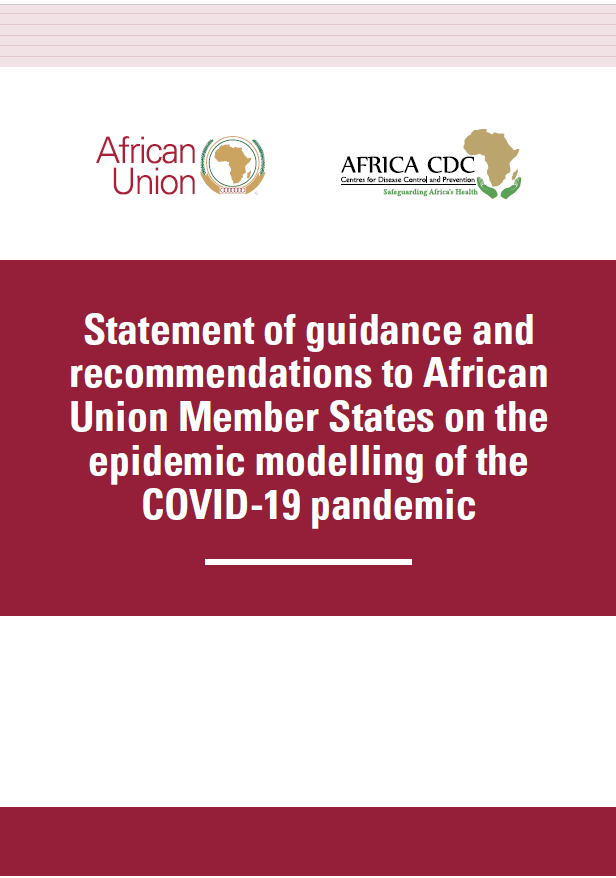Global perspective on epidemic modelling: Mathematical models of COVID-19 have been used widely across the globe to understand the dynamics of the COVID-19 pandemic, prepare the health system response and inform policy decisions. However, in many African countries, many of the more severe projections for the potential impact of the disease have not yet been observed, even when accounting for the age-gradient of severity and relatively young demography in many countries.
Why ‘all models are wrong, some models are useful’: In part, the fact that attempts at ‘reasonable worst-case scenarios’ have not come to pass is to be expected and welcomed.
Unlike, for example, models for producing weather forecasts – something you cannot change – the trajectory of COVID-19 is something that can be rapidly altered by both policy decisions
and individual behavior. As a result, even if there were a perfect model, its projections could not, nor even should, predict the future if it aims to inform decision-making. Instead, the aim of
modelling infectious disease is to provide a dynamic real-time guide for decision-makers on the range of plausible scenarios likely to occur given the available policy options.
What models got right in the African context: Many African countries were amongst the most rapid to respond to the emerging threat of COVID-19, implementing large-scale interventions at very early stages of their epidemic. As demonstrated in this document using very simple models, this rapid mobilization and timeliness of implementing control measures is likely to be an important determinant of their success. Indeed, as these measures were relaxed, subsequent waves of disease have been observed in many countries including South Africa, Kenya, Tunisia, Morocco, Sudan and the Democratic Republic of Congo (DRC) where such waves have severely impacted the health system by straining the supply of oxygen and ICU beds and inflicting a heavy toll on healthcare workers, often necessitating the re-imposition of control measures.
